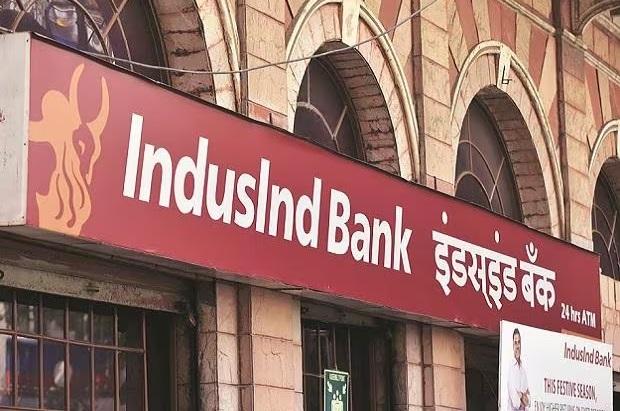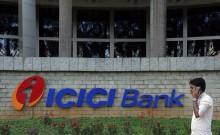
IndusInd Bank, a private lender based in Mumbai, reported a net loss for the second quarter on Saturday, marking its first earnings report since a new chief executive took the helm and implemented significant changes.
The bank posted a standalone net loss of 4.36 billion Indian rupees ($49.56 million) for the quarter ended September, a sharp contrast to the profit of 13.31 billion rupees recorded a year earlier. The recorded loss was far below the 6.37 billion rupees profit that analysts had anticipated, as per data compiled by LSEG.
Earlier this year, IndusInd Bank faced a crisis due to governance and accounting issues that led to the resignation of its former CEO Sumant Kathpalia and deputy Arun Khurana. Consequently, the bank incurred a $230 million hit to its accounts and reported its biggest loss ever in the quarter ending in March.
However, it managed to return to profitability in the June quarter, and seasoned banker Rajiv Anand took on the role of chief executive in August. Anand assured that the financial impact of the discrepancies had been fully addressed.
The bank sustained its proactive stance by increasing provisions and contingencies by 44% to 26.22 billion rupees in the September quarter to bolster its financial stability. Anand mentioned a specific focus on enhancing provisions for microloans, an area experiencing strain within the industry.
Additionally, some of these loans were written off, necessitating higher provisions from the bank. Despite these challenges, the bank maintained a stable asset quality, with a gross non-performing asset ratio of 3.6% as of September's end.
In light of the decline in its loan book by 9% and a 6% reduction in deposits compared to the previous year, the bank faced an 18% decrease in net interest income to 44.09 billion rupees. The net interest margin decreased to 3.32% from 4.08% in the corresponding quarter of the previous year due to recent rate cuts by the Indian central bank. Anand explained that when interest rates are lowered, lenders typically adjust rates for borrowers before deposit rates, temporarily impacting their margins.
To mitigate the volatility in its loan book, the bank is reevaluating its business strategy to achieve a more diversified portfolio. Anand highlighted the bank's intent to focus on segments like mortgages, which have lower delinquency rates and form a significant portion of Indian lenders' loan books.
Furthermore, a review of the microloan business is planned to determine if its proportion in the bank's overall assets should be reduced. IndusInd Bank, as the second-largest microfinance lender in India through its unit Bharat Financial, saw a 35% decrease in these loans compared to the previous year in the September quarter.









